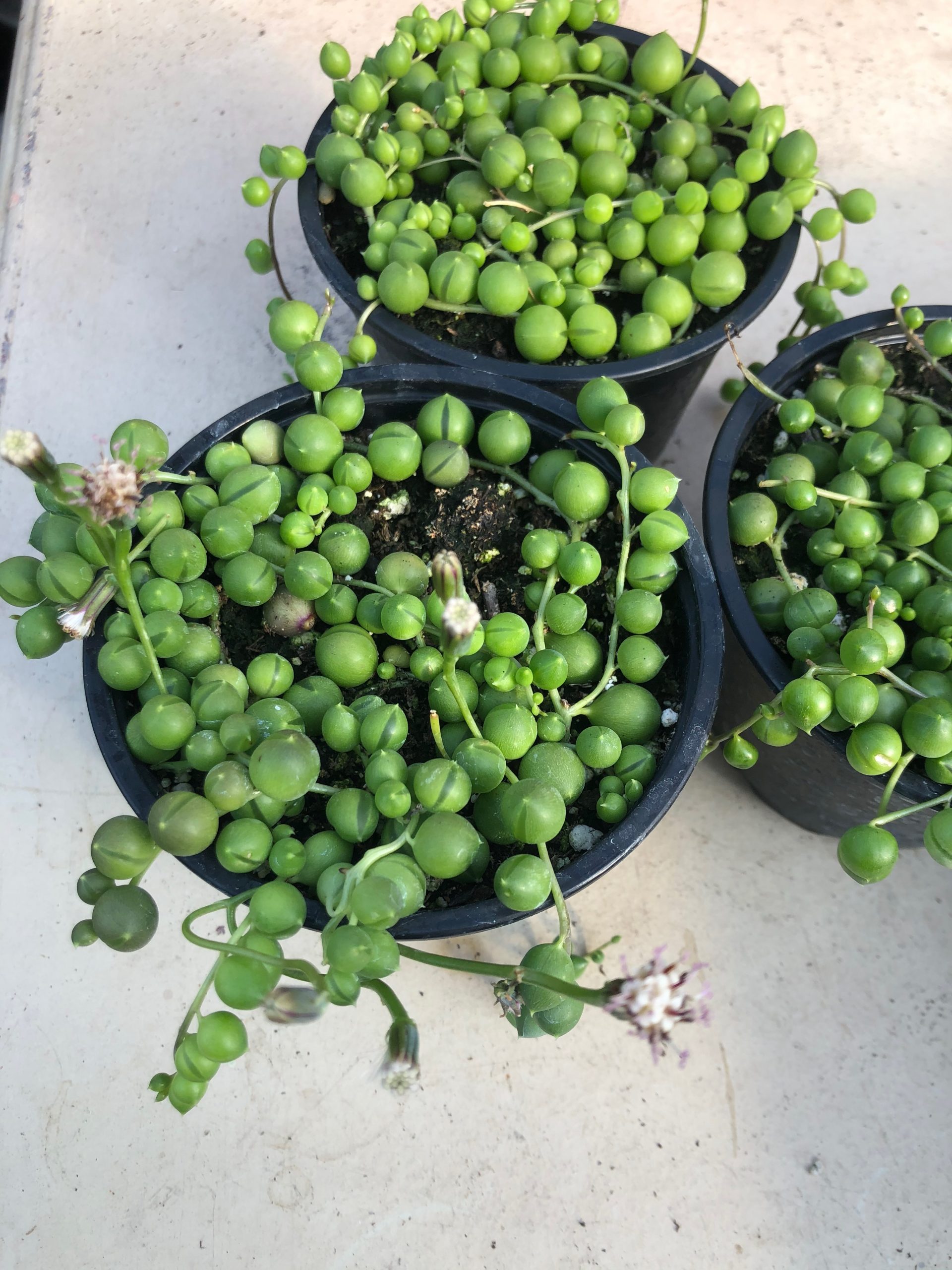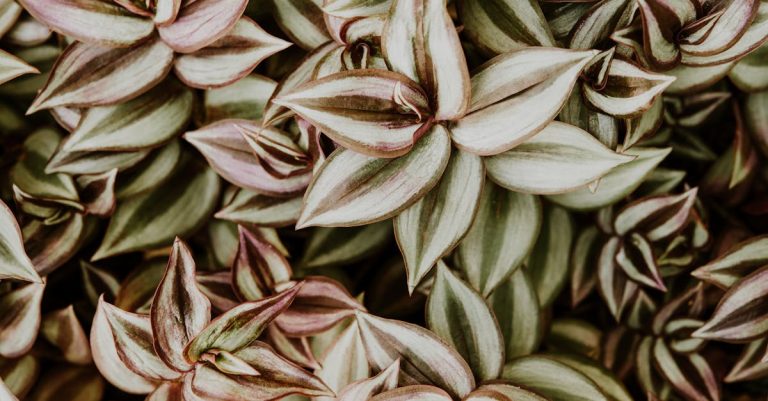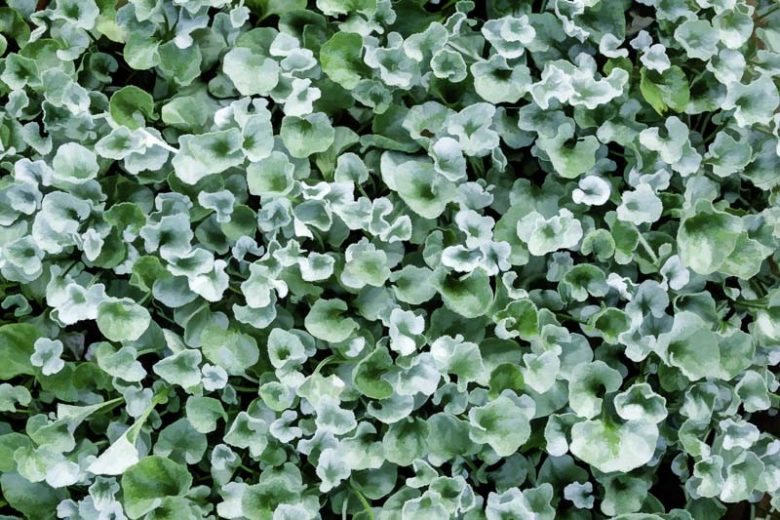How To Care For Areca Palm (Dypsis lutescens)
Did you know that the Areca Palm, also known as Dypsis lutescens, is one of the most popular indoor plants due to its elegant feathery fronds and ability to purify the air? Originally native to Madagascar, this tropical plant has become a staple in homes and offices around the world for its aesthetic appeal and low maintenance requirements.
The Areca Palm has gained popularity not only for its beauty but also for its air purifying qualities. Studies have shown that this plant effectively removes toxins such as xylene and toluene from the air, making it a beneficial addition to any indoor space. With its ability to thrive in indoor environments with bright, indirect sunlight and well-draining soil, the Areca Palm has become a favorite among plant enthusiasts and novice gardeners alike.
To care for your Areca Palm, it is important to provide it with the right conditions to thrive. This includes placing it in a well-lit area with indirect sunlight, watering it regularly to keep the soil moist but not waterlogged, and fertilizing it every few months to ensure it has the nutrients it needs to grow lush and healthy fronds. By following these simple care instructions, you can enjoy the beauty and air purifying benefits of the Areca Palm for years to come.

How Can You Properly Care for Your Areca Palm (Dypsis lutescens)?
Areca palms, also known as Dypsis lutescens, are popular indoor plants that require specific care to thrive. To ensure your Areca palm stays healthy and vibrant, it is important to provide them with the right growing conditions, watering schedule, and maintenance routine. In the following section, we will discuss in detail the steps you need to take to care for your Areca palm and keep it looking its best.

Light Requirements
Areca palms thrive in bright, indirect light. They can also tolerate some periods of direct sunlight, but too much can scorch their delicate leaves. Place your plant near a window with sheer curtains or use a sheer curtain to filter the light.
Watering Needs
Keep the soil evenly moist but not waterlogged. Water your Areca palm when the top inch of soil feels dry to the touch. During the winter months, reduce watering frequency as the plant’s growth slows down.
Temperature and Humidity
Areca palms prefer temperatures between 65-75°F (18-24°C). They can tolerate slightly cooler temperatures briefly but should not be exposed to anything below 50°F (10°C). Maintain humidity levels by misting the leaves regularly or using a humidifier.
Soil Requirements
Use a well-draining potting mix for your Areca palm. A mix of peat moss, perlite, and sand works well to provide proper aeration and drainage. Repot your plant every 2-3 years to refresh the soil and provide more space for growth.
Fertilizing Schedule
Feed your Areca palm with a balanced liquid fertilizer once a month during the growing season (spring and summer). Use a diluted solution to avoid burning the roots. Withhold fertilizer during the fall and winter months when the plant is dormant.
Pruning and Maintenance
Remove any yellow or brown leaves to maintain the plant’s appearance and health. Trim off any leggy growth to encourage bushier growth. Keep an eye out for pests like spider mites and scale insects, which are common problems for Areca palms.
Propagation
Areca palms can be propagated by division. When repotting your plant, carefully separate the offsets from the main plant and pot them up individually. Ensure each division has roots attached to improve success rate.
Statistic
According to a study conducted by the University of Georgia, Areca palms have been shown to improve indoor air quality by removing harmful chemicals such as formaldehyde and benzene from the air.
Conclusion
In conclusion, caring for an Areca Palm (Dypsis lutescens) requires attention to its specific needs to ensure it thrives in your home. Providing the right amount of light, water, and humidity is crucial for the health of the plant. Placing the palm in a location with bright, indirect light and watering it when the top inch of soil is dry will help prevent issues such as yellowing leaves or root rot. Additionally, regular misting or using a humidifier will mimic the palm’s natural tropical environment and keep it looking lush and vibrant.
Fertilizing the Areca Palm with a balanced fertilizer during the growing season and occasionally trimming dead fronds will promote healthy growth and maintain its beauty. Monitoring for pests such as spider mites or mealybugs and addressing them promptly is essential to prevent damage to the plant. Overall, by following these care tips and being attentive to the Areca Palm’s needs, you can enjoy a thriving and beautiful plant in your home for years to come.






